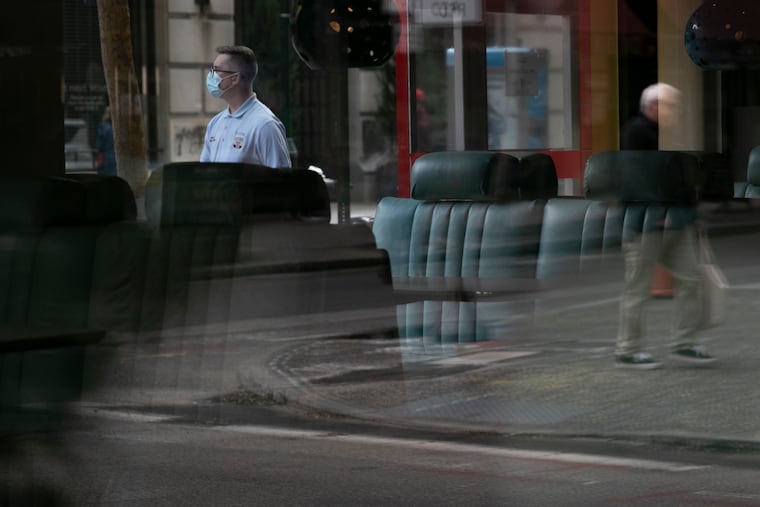Philly-area restaurant owners are planning a ‘hard reset’ for reopening during coronavirus
The sit-down dining experience will be far different this spring and summer when businesses closed because of the coronavirus pandemic get the green light to reopen.
